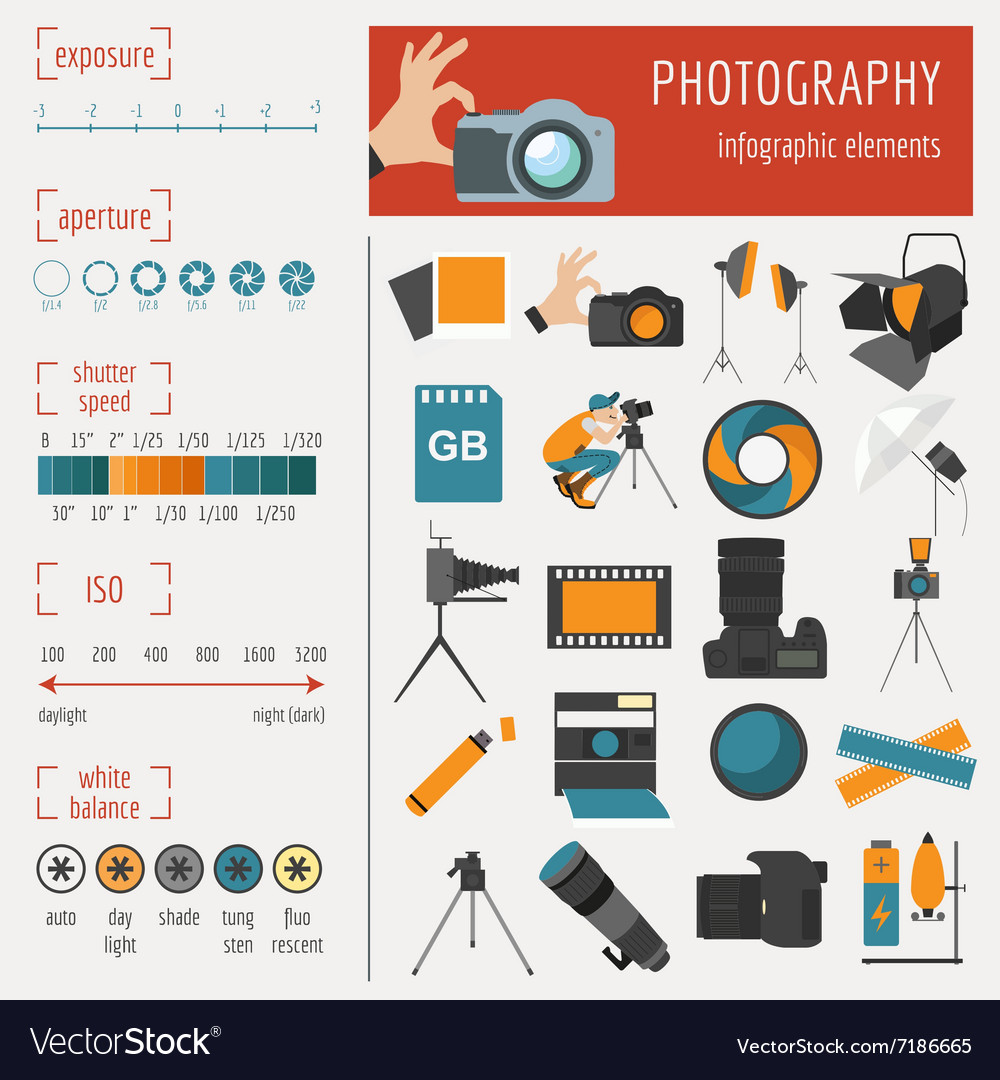What Every Professional Photographer Needs To Learn About Lighting
What Every Professional Photographer Needs To Learn About Lighting
Blog Article
Short Article Developed By-Boone Polat
As a photographer, you recognize that lights can make or damage your photos. Recognizing the nuances of both all-natural and artificial light is important for recording the mood and quality you go for in your job. Whether you're chasing after the excellent golden hour radiance or tweak your man-made configurations, grasping these elements can raise your digital photography considerably. However there prevail risks that lots of neglect, and identifying them can change your technique to every shoot. Allow's discover what you might be missing and how it can affect your outcomes.
Comprehending Natural Light
Comprehending all-natural light is important for any professional photographer seeking to enhance their work. It's the foundation of excellent photography, affecting state of mind, tone, and quality. When you fire outdoors, take notice of the time of day. The gold hour-- quickly after sunrise and before sundown-- provides soft, warm light that can change common scenes right into magnificent images.
Don't undervalue the power of overcast days. Cloud cover diffuses sunshine, creating a soft, even light that's ideal for portraits and macro photography. You'll locate shades appear this type of lights without severe darkness.
Placing matters, also. Always consider your topic's positioning to the source of light. If the sunlight's behind your topic, you may wind up with a silhouette, which can be remarkable however mightn't be what you desire. On the other hand, straight sunshine can create unflattering shadows.
Experiment with angles; in some cases, altering your perspective can generate fantastic results. Usage natural reflectors, like water or sand, to bounce light onto your topic, including measurement.
Mastering Artificial Light
Understanding man-made light is necessary for digital photographers that wish to take their abilities to the following level. Whether you're making use of speedlights, studio strobes, or constant lights, understanding just how to adjust these resources can dramatically enhance your photos.
Begin by familiarizing on your own with the basics of light high quality, direction, and shade temperature. Explore various modifiers like softboxes, umbrellas, or grids to control the gentleness or cruelty of the light.
You'll locate that soft light frequently produces complementary results, while harsher light can add drama and deepness. Do not avoid darkness; they can boost the three-dimensionality of your subjects.
Pay close attention to the positioning of your lights. A light positioned as well near your topic can develop unflattering outcomes, while as well away can result in an absence of information. Use a light meter or your cam's histogram to ensure you're revealing properly.
Last but not least, keep in mind that artificial light can be mixed with ambient light for creative impacts. Balancing these sources might take practice, but once you grasp it, your photography will absolutely beam.
Strategies for Different Circumstances
When you step into different shooting circumstances, adapting your illumination strategies is critical for recording the best images. For just click the following web page , use the golden hour-- morning or late afternoon light-- to soften shadows and improve complexion.
If it's a harsh midday sunlight, consider making use of a reflector to bounce light back onto your subject or look for shaded areas for a much more even exposure.
In low-light situations, like interior events, increase your ISO and use a large aperture to allow in even more light. A tripod can assist remove camera shake, enabling longer exposures without blurring.
If you're shooting at evening, explore off-camera flash to produce vibrant lighting and deepness in your images.
For product photography, utilize diffused lighting to prevent extreme representations. City Portraits or light camping tents can assist attain this effect.
When photographing landscapes, consider the direction of light and time of day, as it can drastically change the mood of your shot.
Always prepare to change your setups and placing based on the circumstance, as adaptability is crucial to understanding lights in photography.
Verdict
Finally, grasping lighting is key to boosting your photography skills. Welcome all-natural light's charm throughout gold hour, and don't avoid trying out synthetic light strategies. By adjusting your strategy to different circumstances, you'll catch sensational images that reverberate with feeling and clearness. Keep in mind, the appropriate lights can change an average shot into something extraordinary, so keep exercising and improving your understanding of both all-natural and synthetic light. Delighted shooting!
